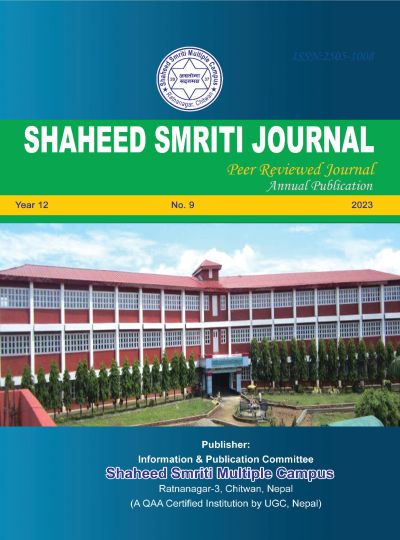Examining the Drivers of Economic Growth in Nepal: A Macroscopic Econometric Analysis
DOI:
https://doi.org/10.3126/shaheedsmriti.v12i9.75529Keywords:
Granger Causality test, Co-integration test, Time series analysis, VECM, Unit root testAbstract
This article investigates the impact of macroeconomic variables on the economic growth of Nepal. The study focuses on the post-COVID-19 era, addressing the unique challenges faced by both advanced and developing economies. GDP is dependent variable, and independent variables are the consumer price index, exchange rate, gross capital formation, import, broad money supply, remittances, tourism income, and export. Data from 1974 to 2020 are derived from secondary sources, which include macroeconomic data published by Central Bureau of Statistics and Nepal Rastra Bank; a variety of economic surveys published by the Ministry of Finance. The econometric results reveal a robust model, with an R-squared value of 70.66%, indicating a good fit. The researchers employed the Augmented Dickey-Fuller Test to ascertain the stationarity of the variables, while Johansen's Co-integration Test revealed the presence of co-integration within the model. The negative and significant coefficient of VECM expresses the long run relationship and Granger Causality. The findings of the test indicate that there is a two-way causal relationship between gross capital formation and broad money supply with GDP. There is unidirectional causality between the Nepalese consumer price index and GDP, as well as between GDP and remittances, but no causality between the exchange rate, tourism income, exports, and GDP.
The findings confirm that the variables are determinants of economic growth in Nepal. As a result, policymakers should consider these variables for the country's economic growth.




